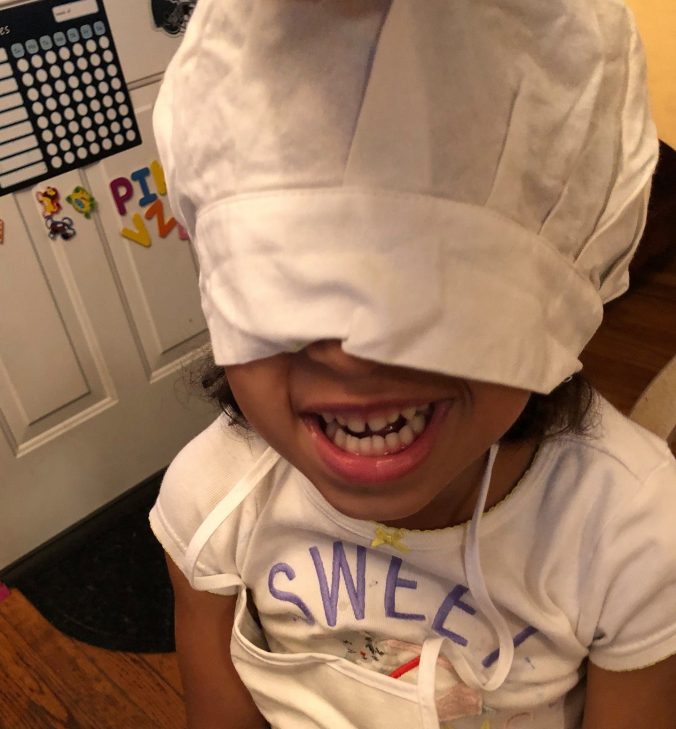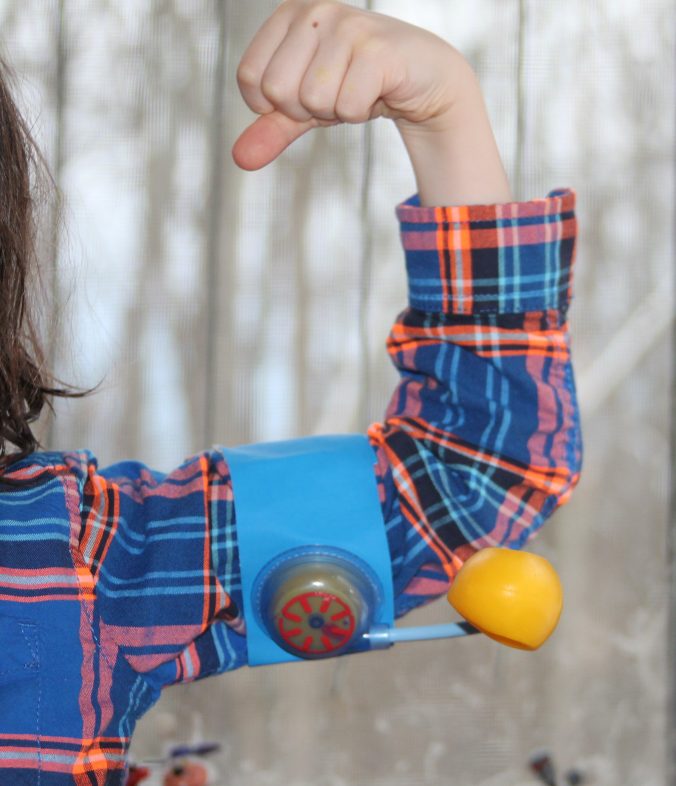“My child will hardly eat ANYTHING!” This is one of the most common concerns I hear from families. In every family I’ve met, no matter their culture, food is a way to care for and connect with each other. So when kids don’t eat, it’s stressful for everyone. However, with patience, creativity and a little bit of letting go, there are ways to make mealtimes joyful again.
Is it just picky eating?
If your child is having troubles with eating, check in with your child’s doctor to make sure everything is okay. Picky eating is very common even in healthy kids. But changes in eating can sometimes be a medical problem. Some signs it might be more than picky eating are: tooth or mouth pain; gagging or choking; sudden changes in eating habits; belly pain, nausea or vomiting; diarrhea or constipation; or trouble with food textures.
Once a picky eater, always for a while, a picky eater
Your child’s picky eating is not your fault. Just like kids have different personalities, siblings raised the same way can have very different eating attitudes. Picky eating is a normal stage that starts around 2-3 years old. But some kids are picky eaters for years (and we all know some adults who are, too). Dealing with picky eating can be a long process. Sometimes a child will eat a new food at one meal just to reject it again at the next. Don’t get discouraged!
There is no quick “cure” for picky eating. But there are tips that will help increase the number of foods your child eats and ease your family’s mealtime frustration.
Make new foods, but keep the old…
The most important thing about picky eating is to keep offering a variety of foods. Otherwise kids can become more and more limited in what they’ll eat. “Offering” means 1) put it on or next to their plate but 2) don’t force it (more on this later). Don’t stop offering something just because they have refused it in the past. Some toddlers can see a food on their plate 5-10 times before they’ll eat it.
Tips for offering new or non-preferred foods:
- Offer new foods next to things they already like. New foods are less intimidating when there are familiar foods on the plate, too.
- Offer things similar to foods they already eat. For example, if they like apples, try other crunchy foods; if they like hamburgers, try turkey burgers, etc.
- Kids are most open to new things when they’re hungry, not if they’ve had a big snack or drink right before. For this reason, breakfast can be a great time for new foods.
Enjoy family meals again
Meals are a great way to bond as a family. But picky eating can make everyone stressed. When meals become power struggles, kids may be less likely to try new foods. And they may be less likely to enjoy them- food tastes worse when everyone is grumpy. Even with a picky eater, your family can find a way to add joy back to its meals.
- Have fun with food! Cut up food into fun shapes. Arrange it into a smiley face. Set a fancy table with candles, kid-made centerpiece and soothing music.
- Raise kids who cook. Meal prep is a great time to bond over food. Kids are more eager to try something they helped make. Even toddlers can help with stirring or pouring.
- Eat together. Turn off the TV and use this time to connect. Tell your favorite jokes. Talk about foods you loved or hated when you were a kid. When kids see their parents enjoying foods, they’re more likely to try them, too.
Don’t force it
This is really hard. We do all we can to make sure our kids get what they need, including nutrition. But, the goal is not to get your child to eat those 5 green beans on their plate. The goal is to raise children who will try a variety of foods to keep them healthy throughout their lives. Choking down those green beans won’t add much in terms of nutrition and it might make your kid hate green beans even more.
Food waste is such a frustrating part of picky eating. Once you bought the food, nobody wants it to go to waste. Frozen foods are one way to avoid food waste. Frozen veg are usually more affordable than fresh and can taste better than canned. Plus, you can defrost a small amount. If your kid loves it, defrost more. If they hate it, save it for another meal days, weeks or months later. Even foods like rice, cooked meats or canned beans can be frozen for later.
Get creative!
Sometimes it helps to get a little creative when it comes to picky eaters.
- Let the choosy eater choose. Walk through the store together and let your child pick out a new food to try. Bonus points if it’s a new food for you, too!
- Change up the prep. Some kids love peppers raw but not cooked or like potatoes roasted but not mashed. (When I asked my picky-eater son his opinion on this article, this was his only advice. He said “tell people about really crispy carrots or broccoli with honey.”)
- Use dips and dressings as needed. You’d be amazed what kids will eat if it is topped with ranch, ketchup or peanut butter.
- Let them play with their food. Toddlers who poke and smoosh their food may be more likely to try new foods and learn names of foods faster. Kids with sensory issues may need to touch, sniff and even lick their food multiple times before they’ll eat it.
Give yourself a break
Changing eating habits is a process that takes time. It’s okay to be flexible when it comes to your child’s eating. If your doctor isn’t worried, you don’t need to be either. Most kids, even very picky eaters, still manage to grow well and get the nutrition they need. If they don’t drink milk, maybe they get calcium from yogurt or cheese. If they don’t eat meat, they might get protein from eggs or peanut butter. Many children’s cereals are even fortified with calcium, vitamins and iron.
If you focus on continuing to offer a variety of foods and enjoying mealtimes together, your family will be making happy food memories. And then, when your child thinks about veggies, they might just smile (or at least not cringe!).


